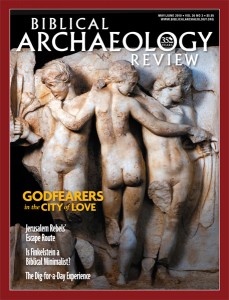
Michael M. Homan is associate professor of theology at Xavier University in New Orleans and has spent several seasons working on the excavation at Tel Zeitah [Zayit] in the Shephelah. When Hurricane Katrina hit the Gulf Coast in 2005, he was among the countless New Orleans residents whose lives were forever changed when the levees broke and thousands of homes were flooded. He and his family are back in New Orleans now, rebuilding their house and their community. In an article on the Web site of the Society of Biblical Literature (excerpted below), Homan described how this experience made him a better archaeologist.
What I witnessed firsthand in New Orleans the days following Katrina, cause me to think quite a bit about my work as a Near Eastern archaeologist. Archaeologists by nature love destruction. The bigger and more widespread the detritus, the better. Many of the famous strata in Biblical archaeology, including Lachish III, Hazor XIII, Megiddo VIIA, and Gezer VIII, were all ended and sealed by massive destructions. Similarly, much of my work in the field deals with destruction. At Zeitah, we have several examples from the Late Bronze and Iron Ages of “very bad days.” So I count myself among the many who’ve benefited personally and professionally from someone else’s very bad day.
Already a library member? Log in here.
Institution user? Log in with your IP address.

